- Overview
- Symptoms
- Causes & Risks
- Tests & Diagnosis
- Treatment
- Living With
- Mobility & Assistive Devices
- Complications
- Support & Resources
- View Full Guide
Rheumatoid Arthritis in Pictures

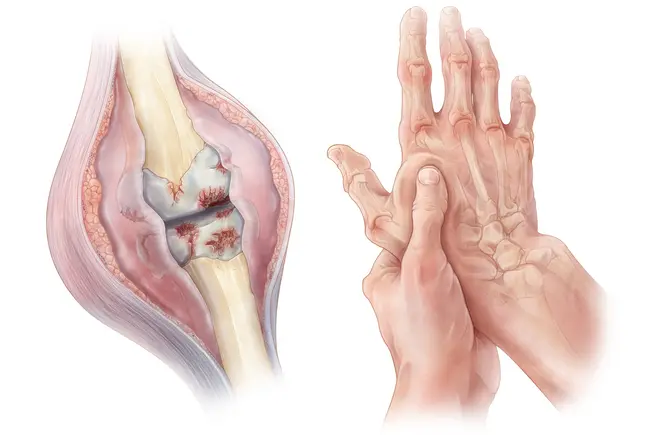
Hands
Rheumatoid arthritis inflames the lining of your joints (synovium). It causes pain and swelling and can erode bones, damage the cushioning between them (cartilage), and deform the tissue that holds them together (ligaments). Your fingers may start to drift outward, away from your thumb and you could have a soft lump on the back of the hand that goes away when you straighten your fingers.
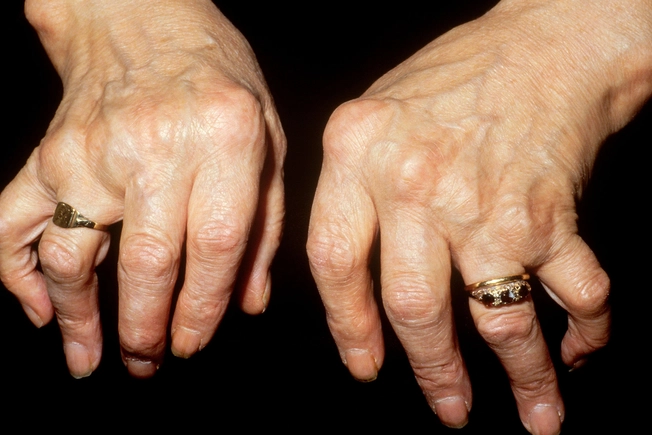
Fingers
There are two telltale signs in the fingers that suggest RA: First, when the middle joint of any finger wants to stay bent. Doctors call this “Boutonniere deformity.” The second is a “swan-neck deformity,” so called for the way the middle joint bends inward (toward the palm) and the tip of the finger points forward, looking somewhat like a swan's neck.
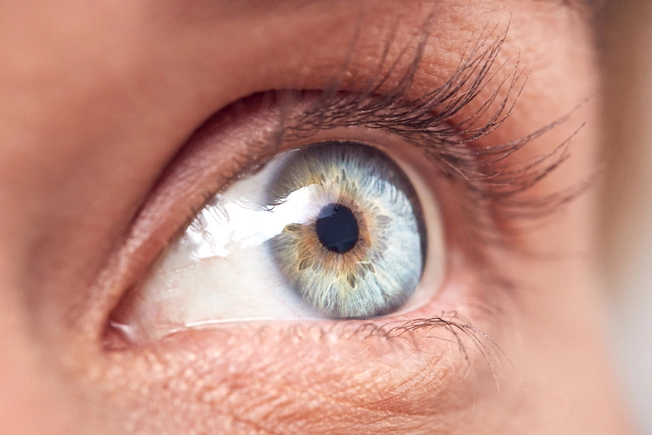
Eyes
RA can attack the connective tissue at the ends of your joints, which is the same basic stuff that makes up much of your eye, like the whites (sclera), and the clear lens over the top (cornea). This can cause pain, swelling, and irritation, because of dry eyes or inflammation of the sclera or the uvea (tissue between sclera and back of eye).
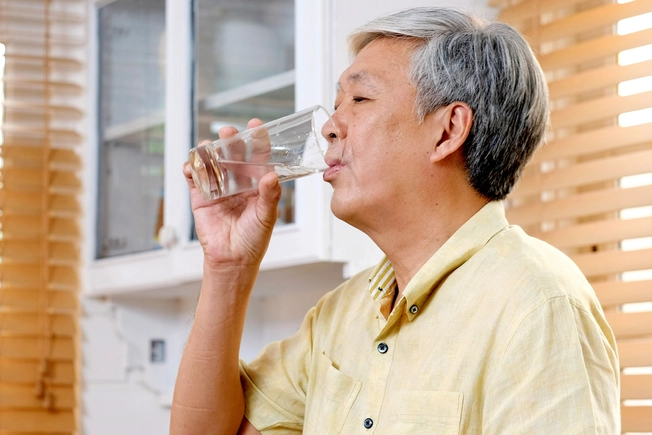
Mouth
RA can lead to another autoimmune disease, Sjogren’s syndrome, which can dry out your mouth (and eyes). This can lead to problems with gum sores, tooth decay, infection, and even digestive problems. If you have dry mouth, it can help to chew sugar-free gum and sip water throughout the day.

Lungs
Lung issues are second only to joint problems when it comes to RA symptoms. This includes small growths in the lungs (nodules), fluid buildup (pleural effusion), and damage to the airways (bronchiectasis). The most common problem (pictured here) is interstitial lung disease (ILD), where your immune system attacks lung tissue and causes swelling and scar tissue. About 1 in 10 people with RA get ILD at some point.
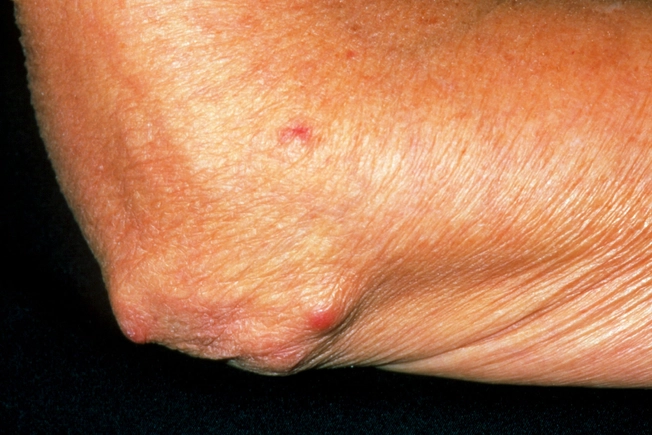
Skin
Rheumatoid nodules are the most common RA skin symptom, found in about a quarter of people with RA. They’re firm, raised bumps, usually round in shape, and typically on or around joints that are already inflamed by RA. This most often includes the knuckles, wrist, elbow, knee or the back of your heel. They are not usually a health concern unless they grow on your eyes or internal organs, which is rare.
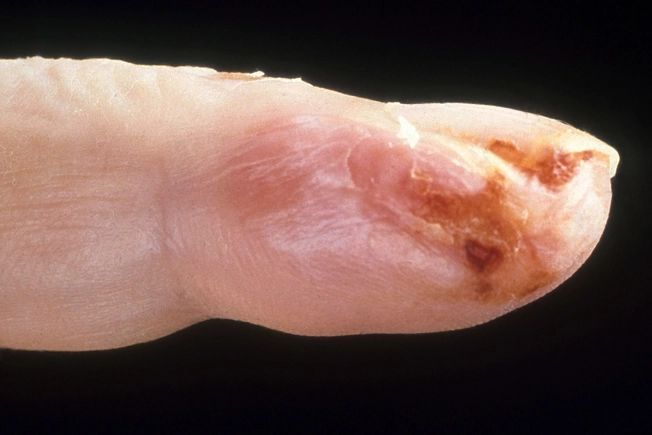
Blood Vessels
In longer-term cases (10-plus years) with several swollen joints, RA can inflame your blood vessels (rheumatoid vasculitis). This can expand, weaken, or narrow the vessels that bring blood to the skin, nerves, and internal organs, which can be serious. In smaller arteries, it tends to slow blood flow to the fingertips where it causes little divots, sores, redness, and pain.
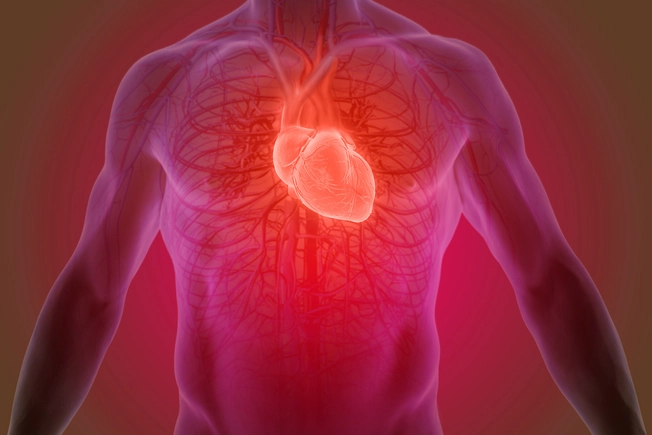
Heart
RA almost doubles your chances of getting heart disease. Part of the reason for this are cytokines. They’re substances that attack your joints in RA. They also cause inflammation and plaque buildup in the blood vessels and heart, which can block blood flow and lead to a heart attack. Your doctor can help lower your risk with a good RA treatment program.